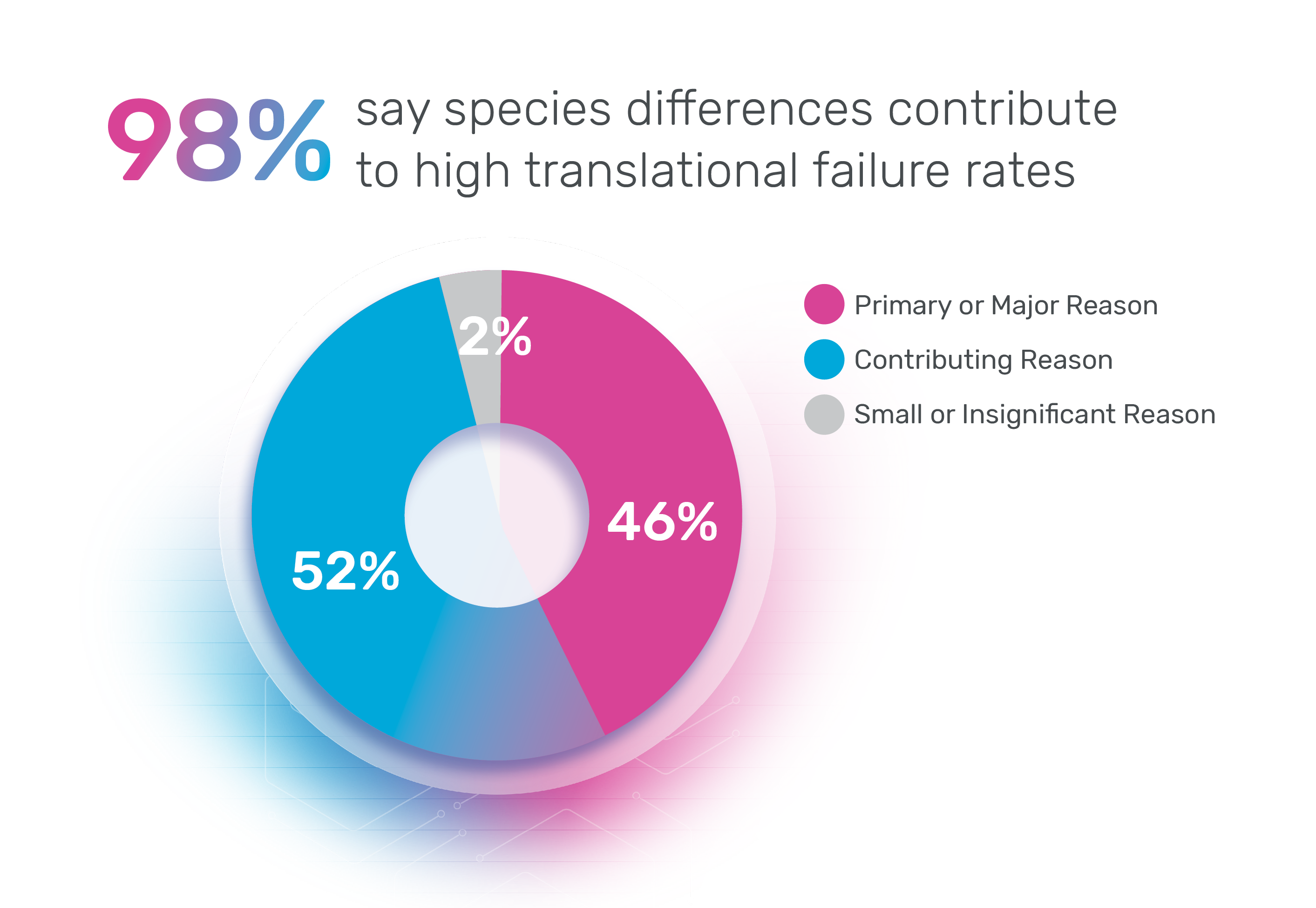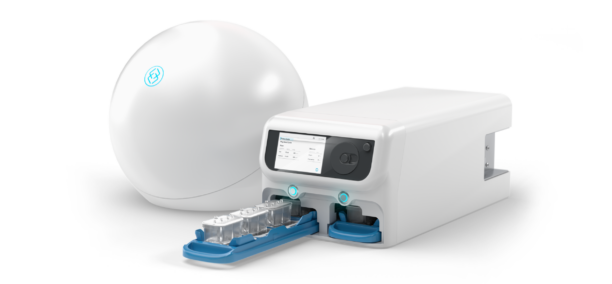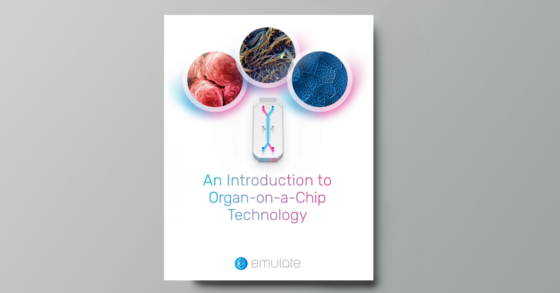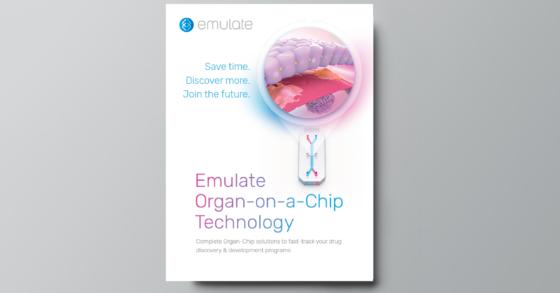
An Introduction to Organ-on-a-Chip Technology

The Challenge
90% of drug candidates fail
To bring drugs to market, scientists rely on different types of preclinical models—from 2D in vitro models to lab animals—that try to replicate human in vivo conditions. Unfortunately, conventional preclinical models differ significantly from true human biology and, as such, fall short in predicting how humans will respond to drugs. This is a major reason why 90% of drugs that pass the preclinical stage fail when they reach human trials.

The Solution
Human-centric modeling with Organ-Chips
Organ-on-a-Chip technology is designed to more accurately emulate true human biology by allowing researchers to recreate the functional unit of an organ using living human cells and an organ-specific microenvironment. With Organ-on-a-Chip technology, researchers can test drugs in a human-relevant environment, get more accurate data on human response in a shorter time, and have greater confidence when sending drugs to clinical trials.
What is an Organ-Chip?
Learn about the fundamentals of Organ-Chips through this introduction to the Chip-S1 Stretchable Chip—the original Organ-Chip design that started a revolution in human-relevant research!

What can I model?
Due to the open nature of the technology, practically any organ can be modeled. The scientific community has published over 30 different organ models using Emulate Organ-on-a-Chip technology. Additionally, Emulate offers a selection of BioKits that provide users an off-the-shelf solution for organ modeling.

How do I get started?
We provide complete Organ-on-a-Chip solutions, including platforms, Organ-Chip consumables, and BioKits to build validated organ models. We also offer extensive support to help new users get up and running. Check out our platforms below to learn more!





